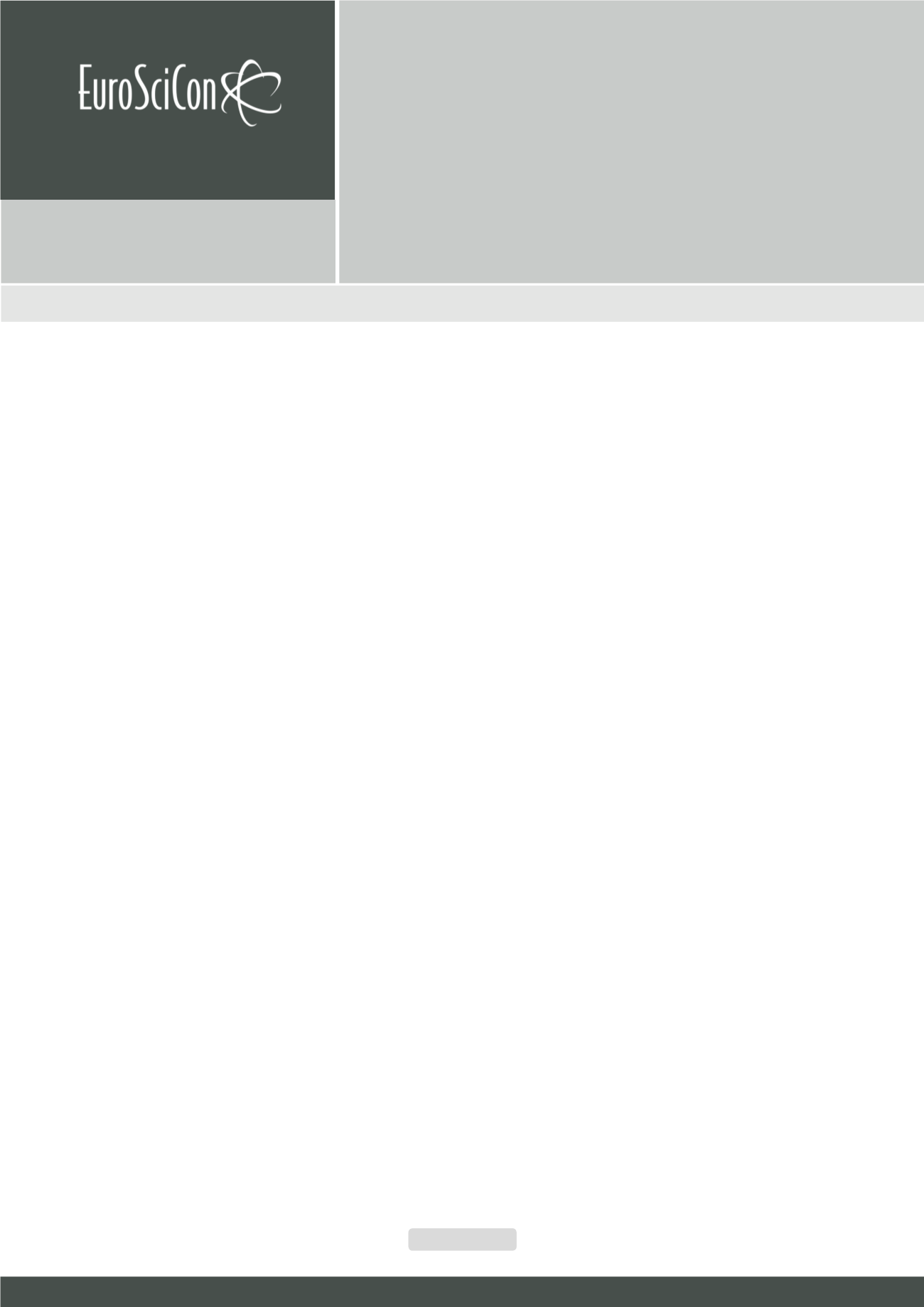

Orthopedics and Osteoporosis 2018
N o v e m b e r 2 9 - 3 0 , 2 0 1 8
Am s t e r d a m , N e t h e r l a n d s
Page 71
Journal of Clinical & Experimental Orthopaedics
ISSN: 2471-8416
E u r o p e a n C o n f e r e n c e o n
Orthopedics and
Osteoporosis
Purpose:
This study aimed to investigate the outcomes of matrix-associated autologous chondrocyte implantation (MACI) on the
treatment of osteochondral lesions in the knee joint and to determine the factors affecting the functional results.
Methods:
The study included 34 patients with a cartilage defect in the knee joint who were applied MACI® (Genzyme Biosurgery,
Cambridge, Massachusetts, USA) with the two-staged surgical technique between the years 2010-2015. The defect localizations
and sizes, past surgeries and accompanying surgeries were recorded. The clinical results were measured withmodified Cincinnati,
Tegner Lysholm scores.
Results:
As a result of the repeated measures at postoperatively, it was found that the patients had increased Lysholm and
Cincinnati functional scores after 6 months (p=0.0001). The established increase was seen as significant on review of the scale
scores of the male patients. When the mean value of Lysholm and Cincinnati functional scores were assessed according to BMI
group, no statistically significant difference was determined (p=0.941 and p=0.779). The measurements at 6 and 12 months of
the follow up indicated that the mean scores of the group with no concomitant pathologies were significantly higher than those
of the group with concomitant pathologies.
Conclusion:
The MACI application provides good and stable outcomes for focal cartilage damage in young patients. In order to
obtain significant results after autologous chondrocyte implantation, the selection of appropriate patients without concomitant
pathologies is required.
safagursoy@yahoo.comWhat influences the results in MACI? A 2-5 year
follow-up study
Safa Gursoy
1
, M Akkaya
1
, M Bulut
2
, M Dogan
3
and M Bozkurt
3
1
Yıldırım Beyazıt University, Yenimahalle Training and Research Hospital, Turkey
2
Izmir Katip Celebi University, Ataturk Training and Research Hospital, Turkey
3
Yıldırım Beyazıt University, Ataturk Training and Research Hospital, Turkey
J Clin Exp Orthop 2018, Volume: 4
DOI: 10.4172/2471-8416-C1-006
















